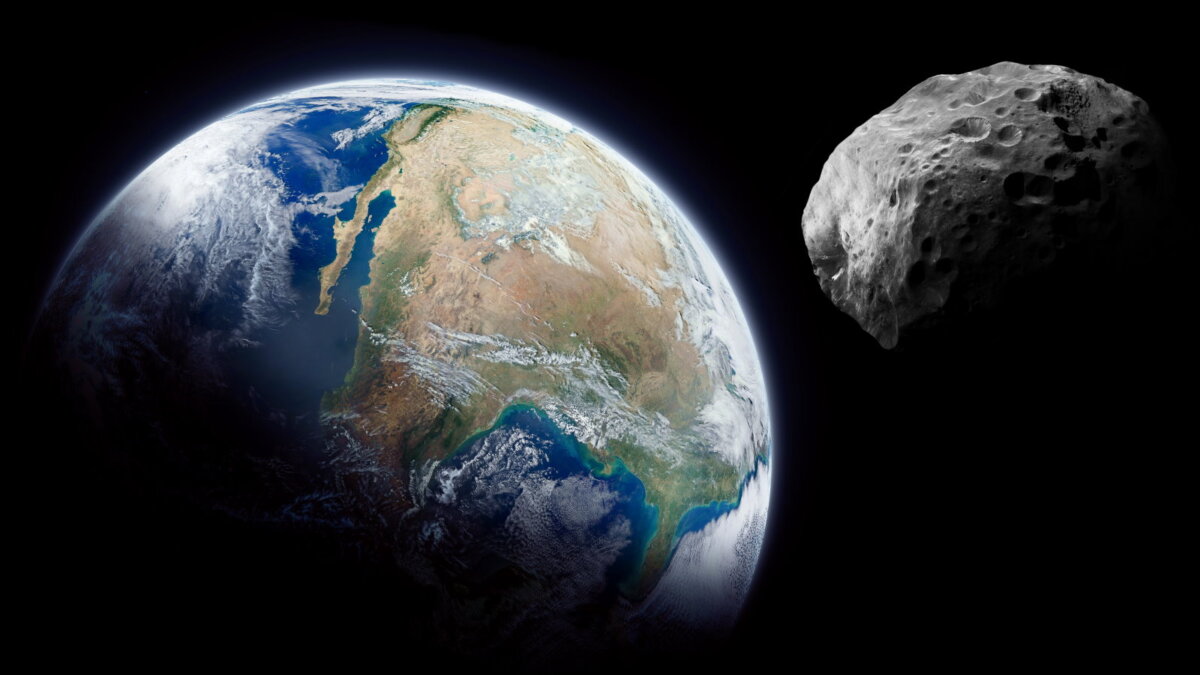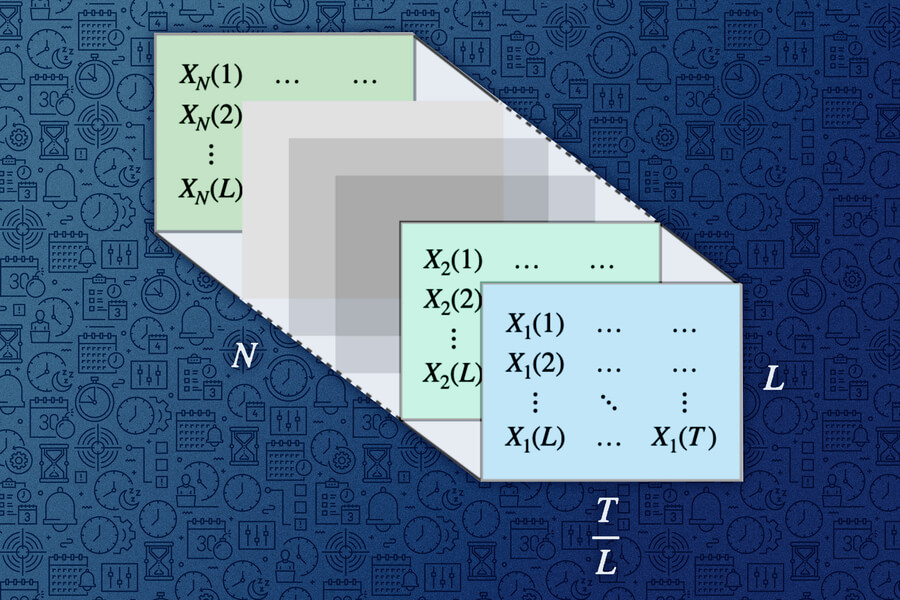Theories and solution
Researchers have put forward various theories about the origin of the strange sound. Perhaps it was the noise of underwater military exercises or ship engines. Some even suspected that it might be a deep-sea creature.
Bloop’s sound has a wave-like frequency reminiscent of whale sounds. But it was recorded instantly by two arrays of hydrophones (underwater microphones) from a distance of at least 5,000 kilometers. The noise must have been very loud to have traveled this far; Too high to come from a single underwater animal.
Bloop sound on 1997 recording: video
Using hydrophone location data, researchers from the US National Oceanic and Atmospheric Administration (NOAA) were able to narrow down the source of the sound to the southern Pacific coast of Chile. Over the years, as scientists placed more and more hydrophones in Antarctica, they got closer to the source of the noise.
In 2005, they finally discovered the source of those thunderous roars from the depths, right there on Earth’s most distant southern landmass.
– says the NOAA website.
This sound was the sound of a glacier in Antarctica cracking and breaking into the shape of an iceberg.
In recent years, new hydrophones operated by NOAA have recorded Bloop-like sounds in the Southern Ocean and Atlantic Ocean. They all have the same reasons.
Interestingly, such a theory has also been put forward, among other theories:
- Oceanographer Chris Fox of NOAA told CNN in 2001 that, in his opinion, the sound was caused by pieces of ice breaking in Antarctica.
- In 2012, seismologist Robert Dzyak revealed that NOAA’s hydrophones detect tens of thousands of Bloop-like sounds in the ocean each year.
Although some underwater recordings remain mysterious, many of the strange sounds such as Julia, Slow Down and Train have recently been explained by the movement of ice in the southern seas. More than half of the shelves holding up the Southern Hemisphere’s ice sheet are approaching collapse as ice loss in Antarctica increases faster than scientists expected. Giant chunks the size of London are already crumbling, and scientists say such sonic events are becoming more frequent as the climate changes.
Source: 24 Tv
I’m Maurice Knox, a professional news writer with a focus on science. I work for Div Bracket. My articles cover everything from the latest scientific breakthroughs to advances in technology and medicine. I have a passion for understanding the world around us and helping people stay informed about important developments in science and beyond.













